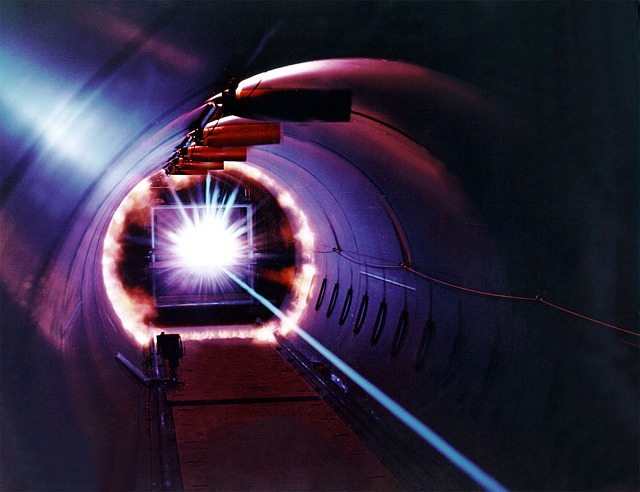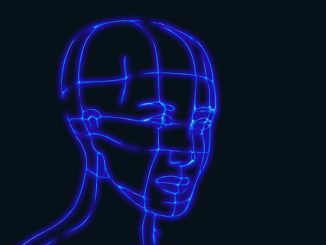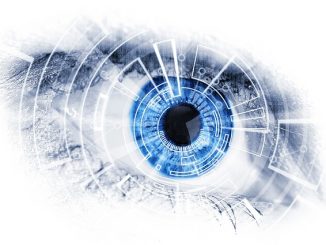
Physicists at the University of Nebraska-Lincoln’s Extreme Light Laboratory led by Donald Umstadter were able to generate the brightest light ever created on Earth and the discovery it led to could literally change how we look at everything in the Universe.
The experiment involved firing high-intensity laser bursts at electrons (negatively-charged particles) suspended in helium to observe how photons (particles of light) behave during this electron-photon interaction. Using Diocles, one of the most powerful lasers in the U.S., the team found that photons begin to behave differently when a certain threshold of brightness is reached. And it’s because electrons themselves get rattled into behaving abnormally too.
Under typical lighting conditions, when a photon collides with an electron, it is scattered at the same angle at which it was moving before the collision. Its energy is likewise the same, before and after the collision. This scattering is what allows seeing of objects possible. Normally, though, electrons can only scatter photons one at a time. And on the average, an electron only gets to do this scattering about once every four months.
While some laser experiments have already shown that an electron is in fact capable of scattering a number of photons at a time, what makes the experiment of Umstadter’s team especially significant is that they were able to show that an electron can scatter not just a number of photons, but almost 1,000 photons simultaneously. What’s more, the scattering was so intense that it changed the appearance of objects as the extreme brightness of the light source (in this case, Diocles’ laser) changed the scattered light’s angle, shape and wavelength.
As Umstadter explained, increasing the brightness of light makes the object being illuminated look brighter too, although the object’s appearance remains the same. Under Diocles’ ultra-bright laser, however, an object doesn’t just become brighter. There’s a change in how it appears as well because depending on how bright the light is, it’s scattered at different angles and with different colors.
This change is partly due to the change in the electron’s behavior. Instead of going about its usual up and down motion, the electron moves in what can be described as a figure-8 pattern. Also, even though it ejects its own photon like it normally does, what made the ejected photon different was that it absorbed the energy from all the scattered photons, which virtually gave it an energy and wavelength equivalent to that of an X-ray.
Unlike any ordinary X-ray, the unique X-ray produced by the combined energy of all those scattered photons was powerful, but only lasted momentarily and within a narrow energy range. It is these unique properties that can potentially allow generation of extremely high-resolution 3D images that will be useful in different fields including medicine (to search for tumors, or other anomalies inside a person’s body), engineering (to design better semiconductor systems from more accurate mapping of nanoscopic materials), and security systems (to make sure it is able to distinguish exactly what an object being x-rayed is, for instance, at a security checkpoint).
Aside from the exciting new applications this discovery can lead to, it has also helped confirm some theories about light that could only be predicted, but have never been tested before.
As Umstadter said: “There were many theories, for many years, that had never been tested in the lab, because we never had a bright-enough light source to actually do the experiment. There were various predictions for what would happen, and we have confirmed some of those predictions. It’s all part of what we call electrodynamics. There are textbooks on classical electrodynamics that all physicists learn. So this, in a sense, was really a textbook experiment.”
The research was recently published in the journal Nature Photonics.
- Bulenox: Get 45% to 91% OFF ... Use Discount Code: UNO
- Risk Our Money Not Yours | Get 50% to 90% OFF ... Use Discount Code: MMBVBKSM
Disclaimer: This page contains affiliate links. If you choose to make a purchase after clicking a link, we may receive a commission at no additional cost to you. Thank you for your support!




Leave a Reply